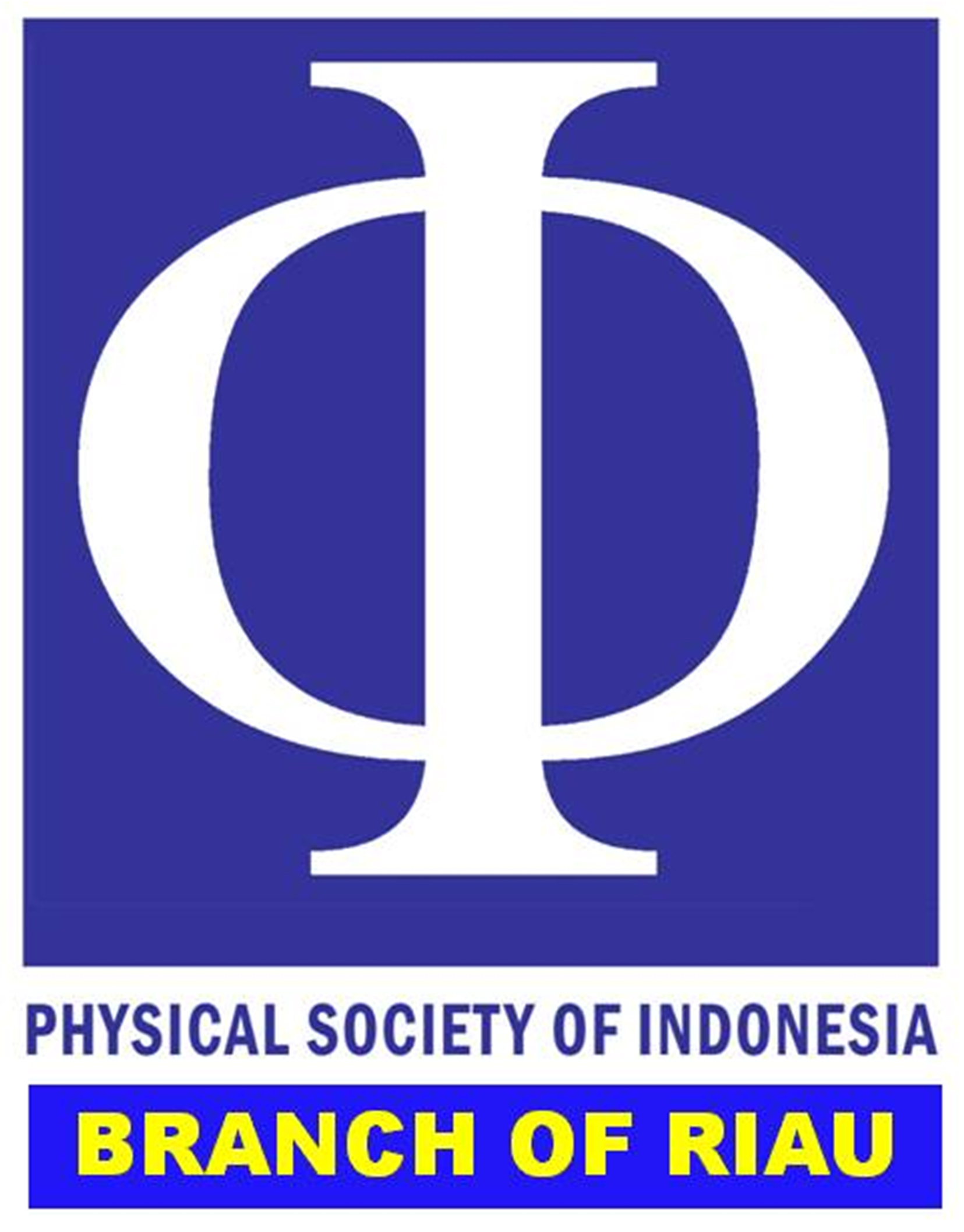Prediction of Pekanbaru City rainfall using dynamic models
Abstract
Keywords
Full Text:
PDFReferences
1. PERMENLH. (2021). Nilai ambang batas partikulat. Peraturan Menteri Negara Lingkungan Hidup No. 12.
2. BMKG. (2019). Informasi jumlah nilai PM10 Kota Pekanbaru. Badan Meteorologi, Klimatologi dan Geofisika.
3. Anggriyani, S., Manuputty, M., Lewaherilla, A., & Bakarbessy, L. (2024). Prediksi curah hujan di Kota Tual dengan menggunakan metode backpropagation. PARAMETER: Jurnal Matematika, Statistika dan Terapannya, 3(1), 1–11.
4. Istianto, A. F., Hadiana, A. I., & Umbara, F. R. (2023). Prediksi curah hujan menggunakan metode categorical boosting (Catboost). JATI (Jurnal Mahasiswa Teknik Informatika), 7(4), 2930–2937.
5. El-Sawah, S., Haase, D., Van Delden, H., Pierce, S., ElMahdi, A., Voinov, A., & Jakeman, A. J. (2012). Using system dynamics for environmental modelling: Lessons learnt from six case studies. 6th International Congress on Environmental Modelling and Software 2012: Managing Resources of a Limited Planet: Pathways and Visions under Uncertainty, 1367–1374.
6. Safril, A. & Ulfiana, A. (2019). Prediksi curah hujan bulanan menggunakan metode statistical downscaling di pulau jawa dengan pemilihan prediktor berdasarkan transpor uap air. Jurnal Geografi, 11(2), 19–33.
7. Setiyaris, S. (2023). Prediksi curah hujan berdasarkan parameter cuaca berbasis jaringan saraf tiruan di Kabupaten Nganjuk. Doctoral dissertation, Universitas Islam Negeri Maulana Malik Ibrahim.
8. Sarwoko, D. (2013). Pemodelan prediksi total hujan pada musim hujan menggunakan jaringan saraf tiruan dan support vector regression. Sekolah Pasca Sarjana Institut Pertanian Bogor, Bogor.
9. BMKG. (2013). Analisis Musim Kemarau 2013 Dan Prakiraan Musim Hujan 2013. Badan Meteorologi Klimatologi dan Geofisika, Kelas II, and Pondok Betung Betung.
10. Oktaviani, C. & Afdal, A. (2013). Prediksi curah hujan bulanan menggunakan jaringan syaraf tiruan dengan beberapa fungsi pelatihan backpropagation (studi kasus: stasiun meteorologi tabing padang, tahun 2001-2012). Jurnal Fisika Unand, 2(4).
11. Handayani, L. & Adri, M. (2015). Pwenerapan JST (backpropagation) untuk prediksi curah hujan (Studi kasus: Kota Pekanbaru). Seminar Nasional Teknologi Informasi Komunikasi dan Industri.
12. BMKG. (2019). Informasi jumlah nilai PM10 Kota Pekanbaru. Badan Meteorologi, Klimatologi dan Geofisika.
13. BMKG. (2019). Kualitas udara Kota Pekanbaru. Badan Meteorologi, Klimatologi dan Geofisika.
14. BMKG. (2019). Informasi sebaran titik panas sekitar kota Pekanbaru. Badan Meteorologi, Klimatologi dan Geofisika.
15. Ni’maturrakhmat. (2019). Penjadwalan produksi venner di PT. XYZ dengan pendekatan sistem dinamis. Skripsi Fakultas Teknologi Pertanian. Universitas Jember.
16. Muljono, A. B., Mukti, K. B. K., & Natsir, A. (2022). Kajian teknis dan ekonomi pembangkit listrik tenaga sampah (PLTSa) menggunakan perangkat lunak LandGEM TPA Kebon Kongok Gerung Lombok Barat. DIELEKTRIKA, 9(1), 68–79.
17. Robby, T. N., Ramdhani, M., & Ekaputri, C. (2017). Alat ukur kecepatan angin, arah angin, dan ketinggian. eProceedings of Engineering, 4(2).
18. Kustiyo, A., Sucahyono, D., & Mujahidin, A. (2015). Penerapan jaringan saraf tiruan untuk pemodelan prakiraan curah hujan bulanan. IPB Scientific Repository.
DOI: http://dx.doi.org/10.31258/jkfi.21.3.219-226
Refbacks
- There are currently no refbacks.

This work is licensed under a Creative Commons Attribution-NonCommercial 4.0 International License.
Indexing by:








